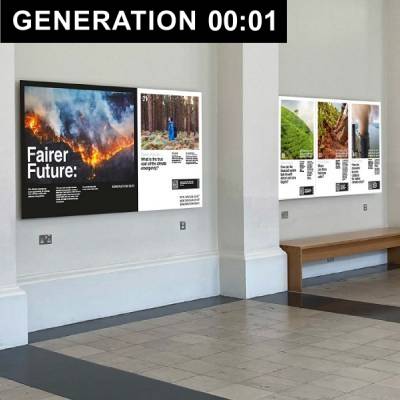22 - How can London reduce waste?

What is a circular city?
Not only do cities often use resources inefficiently land and buildings are also under-utilised. For example, in the UK alone there are 700,000 empty homes (22,000 in London).
Circularity in resource flows in cities can tackle the consumption of resources, such as energy, water, buildings and land.
Systems integration, flexibility, intelligence, cooperative behaviour, localisation, recycling and renewable resources are the key concepts under-pinning the Circular City.
In a circular city:
- resources can be cycled between urban activities
- resources can be cycled within city regions
- cities can be designed so that land and infrastructure can be re-used/recycled over time
Some examples of circular activities:
- Swedish eco-cycle model
- life-time buildings
- urban metabolism apps to encourage re-use and recycling of resources
- localised food systems
The UCL Circular Cities Research Hub
The first of its kind internationally, it is an interdisciplinary, virtual network of scholars working on all aspects of Circular Cities. The hub draws on existing academic and practitioner expertise.
It is also an interface between academics and key urban stakeholders, enabling research to impact directly on the governing, management, design and development of cities.
The hub is supported by the Ellen MacArthur Foundation.
 Close
Close



